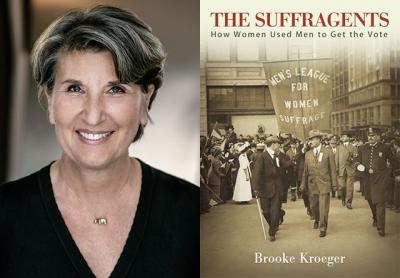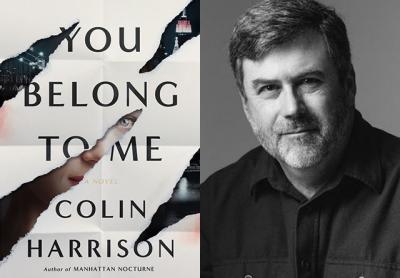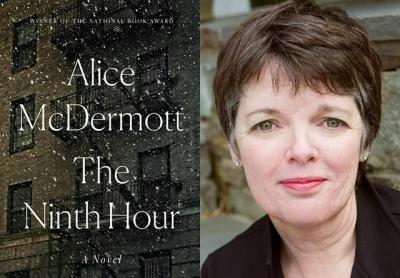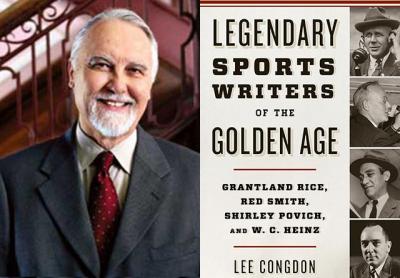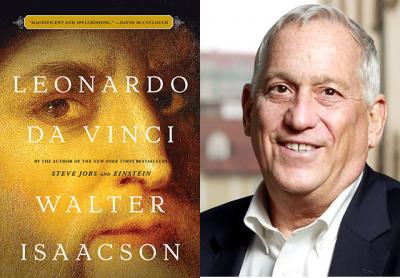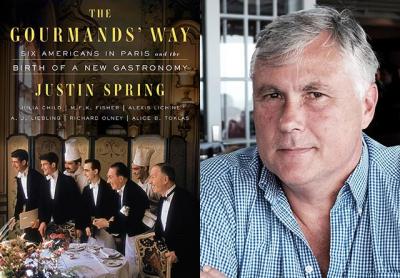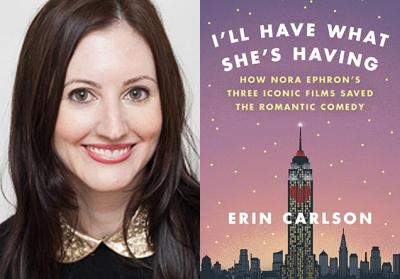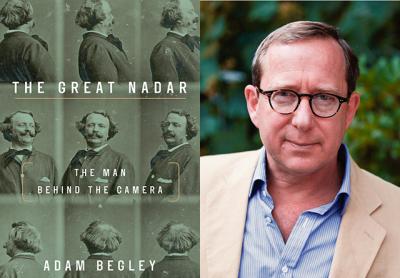Book Markers 10.26.17
Book Markers 10.26.17
Sarah Maslin Nir’s “Horse Crazy”
You might know Sarah Maslin Nir from her night-prowling articles in The New York Times. Or by way of her father, the late Yehuda Nir, a psychiatrist and author who lived part time in Springs. Or maybe from her stint as a writer for The Star, where she once even contributed to that fun but defunct freebie, The Daily Classic, which the paper used to put out during the week of the Hampton Classic horse show in Bridgehampton.
Horses being much to the point, as Simon & Schuster has just given Ms. Nir a significant advance for a book titled “Horse Crazy: The Story of a Woman — and a World — in Love With a Beast,” in which she will apply her investigative reporter’s skills to riding — her love of it, others’ passion for it, and what the heck is behind the four-legged appeal. Her own experiences range from “patrolling the meadows of Central Park as a teenaged mounted officer to sloshing through the peat bogs of Scotland to sprinting around the quarries of Rajasthan” in India, in the words of a release.
It’s expected to be out in early 2019.
“Because of the Horses”
Let us now praise the graphic artist, as, speaking of horses, “Because of the Horses” by Patricia McGrane is just out, featuring a striking blood red and Confederate gray cover by Ryan Salinetti. She’s a designer of books, other publications, and websites who lives in Southampton and Massachusetts.
The book, historical fiction set during the Civil War, uses a single family to explore how Tennessee was torn apart — some of its residents favoring secession, others supporting the Union; some active abolitionists, others comfortable with the status quo. The author incorporates two bits of her own deep background into the tale — a family house in Jonesborough that was a stop on the Underground Railroad, and her great-great-grandfather’s diary of his activities as a horse trader to both sides of the conflict.

